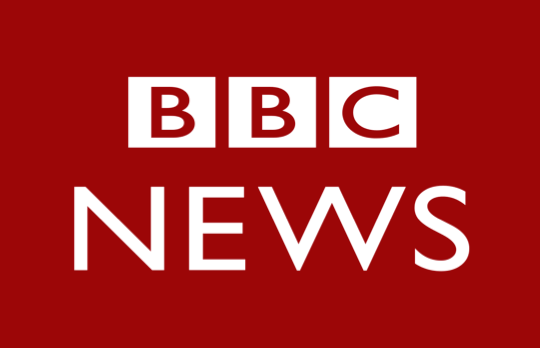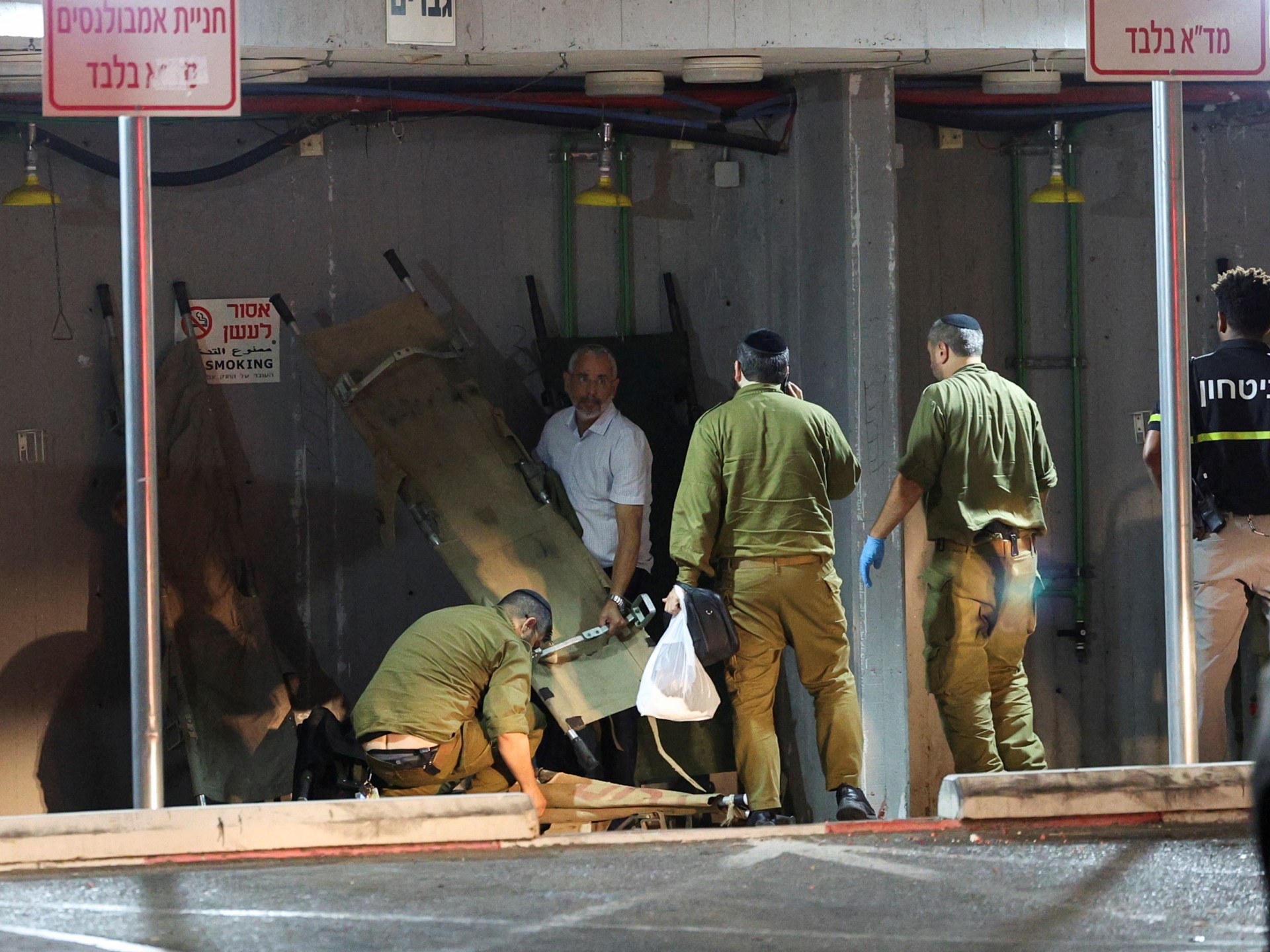- Hezbollah launched a drone strike on an Israeli military base in Binyamina, killing four soldiers and wounding dozens (source: Nytimes.com).
- The attack exposed vulnerabilities in Israel's air defense system and involved a "swarm" of drones, according to Hezbollah (source: Bbc.com).
- Israeli airstrikes in Lebanon have intensified in response to the drone attacks, with around 200 Hezbollah targets struck (source: Apnews.com).
- The U.S. is sending an advanced missile defense system to Israel and deploying 100 troops to operate it (source: Theguardian.com).
- The UN criticized Israeli tanks for entering a UN peacekeeping base in southern Lebanon, saying it endangered peacekeepers (source: Nytimes.com).
From Hezbollah's viewpoint, the drone strike on an Israeli military base in Binyamina is seen as a calculated and necessary response to Israeli airstrikes in Lebanon, particularly in Beirut and southern regions. The operation reflects Hezbollah's growing military capabilities and serves as both retaliation and a demonstration of resilience against Israeli forces. By using drones, Hezbollah can target critical infrastructure while minimizing their own casualties, further emphasizing their strength in asymmetric warfare.
From an Israeli perspective, the drone strike highlights serious vulnerabilities in the nation’s air defense systems, particularly the failure to detect and intercept the drones. The attack is perceived as an alarming breach of security, showing that Hezbollah has the capacity to strike deep into Israeli territory. This perspective emphasizes the need for enhanced security measures and support from allies like the United States to counter increasing threats from Iran-backed militant groups.
From a broader humanitarian perspective, the escalation of violence between Hezbollah and Israel has devastating consequences for civilians in both Lebanon and Israel. The intensified Israeli airstrikes on Lebanon, in response to the drone attack, have led to significant casualties and displacement of civilians. This perspective focuses on the urgent need for a ceasefire and diplomatic efforts to prevent further loss of life and damage to infrastructure, with growing concerns from international organizations about the conflict's impact on the civilian population.
Details
Security
Bias
Deltas
Recent articles discuss a significant escalation in the ongoing conflict between Israel and Hezbollah, with a major event being a drone strike on an Israeli military base near Binyamina, a town in northern Israel. According to the New York Times, the attack killed four Israeli soldiers and wounded dozens of others. Hezbollah claimed responsibility, stating that the strike was in response to recent Israeli airstrikes in Lebanon. The drone attack has raised serious concerns within Israel, particularly regarding its air defense systems, as the strike exposed vulnerabilities that allowed Hezbollah’s drones to infiltrate Israeli airspace undetected. Reports from the BBC and other sources suggest that the strike targeted a military training camp, and Israeli media outlets noted that alarms failed to activate before the attack, further underlining the security gap.
In response to the drone strike, Israel has intensified its military operations in Lebanon, with the New York Times reporting that Israeli jets targeted around 200 Hezbollah positions in southern Lebanon. The conflict has resulted in significant casualties, with the Lebanese government stating that over 23 people were killed in a 24-hour period following Israeli bombardments. Hezbollah’s use of drones is not new but appears to be increasing in both sophistication and scale, as explained by The Jerusalem Post. The drones deployed in the recent strike are believed to be of Iranian design, specifically the Mirsad-1 model, which has been in use by Hezbollah for reconnaissance and attacks since 2002. This tactic of using drones in combination with rocket fire has proven effective in overwhelming Israeli defenses.
Meanwhile, tensions are mounting between Israel and the United Nations peacekeeping mission in southern Lebanon, known as UNIFIL. The New York Times reports that Israeli tanks entered a UN peacekeeping base in southern Lebanon, prompting criticism from the UN mission. While no peacekeepers were injured, the incursion was condemned as a violation of UNIFIL’s neutral status and could endanger peacekeepers by making them potential targets for Hezbollah. Israeli forces, however, claim the incident occurred while they were attempting to evacuate troops under fire from Hezbollah. The Associated Press adds that five UN peacekeepers have been wounded in separate incidents since the start of Israel's ground invasion of Lebanon nearly two weeks ago, most of which are attributed to Israeli forces.
The United States has responded to the escalating violence by announcing the deployment of an advanced missile defense system to Israel. The Guardian explains that this system, known as THAAD (Terminal High Altitude Area Defense), will be operated by 100 U.S. troops. This move signals deeper American involvement in the region, as Washington seeks to bolster Israel’s defenses against missile and drone threats from Hezbollah and Hamas. The introduction of this defense system follows reports of increasing drone and rocket attacks, which Hezbollah has launched regularly since Hamas' attack on Israel on October 7, 2023. The conflict continues to escalate, with Hezbollah threatening further attacks if Israel persists in its military operations in Lebanon, according to The Jerusalem Post.
Inside Gaza, the situation remains dire, with Israeli airstrikes continuing to target densely populated areas, leading to substantial civilian casualties. The Associated Press reports that an Israeli airstrike killed at least 20 people, including children, at a school in Nuseirat, while another strike hit a hospital in Deir al-Balah, killing three and injuring about 50 others. These attacks have raised international criticism, as humanitarian organizations call for a ceasefire and better protection of civilians. The ongoing war between Israel and both Hezbollah and Hamas has caused widespread devastation, with thousands killed or displaced in Gaza and Lebanon. The situation continues to evolve, with both sides showing no signs of de-escalation as international efforts to broker peace face increasing challenges.

The article emphasizes the damage caused by the attack and Israeli vulnerability, mentioning the failure of air defense systems and lack of early warnings. By focusing more on the weaknesses and consequences for Israel, the tone takes a more negative slant toward the Israeli defense effort.
Read full article
The article highlights Israeli attacks on Lebanon, with an emphasis on the casualties and the damage caused by the airstrikes. It portrays Hezbollah's actions as a response to Israeli aggression, contributing to a more negative portrayal of Israel's role in the conflict.
Read full article
Negative
Sentiment

The article reports Hezbollah's drone strike on an Israeli base and provides statements from Israeli military officials. It also mentions Hezbollah's perspective on the attack as retaliation for Israeli strikes, maintaining objectivity throughout. The lack of emotionally charged language or overt blame on either party suggests a neutral presentation.
Read full article
The article provides an objective account of the facts, including the number of casualties and the events that transpired. It reports statements from both Hezbollah and Israeli officials without adding any value judgments or emotional language.
Read full article

The article provides details of the drone attack, the Israeli response, and Hezbollah’s claims of responsibility, but avoids any commentary that would show bias toward either party, sticking strictly to factual reporting.
Read full article
Neutral
Sentiment

The article emphasizes Hezbollah's tactics, portraying the group as a persistent threat. It provides a detailed account of the drone strike but focuses on Israel's defensive measures and efforts to improve air defense systems, framing Israel as responding to aggression.
Read full article
Positive
Sentiment
-
+
Interfax [Russia] Adds Specific Details on Drone Tactics
Interfax highlights the exact number of drones launched by Hezbollah and the strategy used to penetrate Israeli air defenses.
This level of operational detail regarding Hezbollah's drone attack and the failure of Israeli radars was not as explicitly covered in the Western media. -
+
Avia.pro [Russia] Adds Context on Israel’s Alarm System Failure
Avia.pro focuses on the failure of Israel’s alarm systems during the drone attack, which increased the number of casualties.
This detail was less emphasized in Western outlets, which focused more on the drone strike itself rather than the technical failures of the Israeli defense systems. -
+
Baidu [China] Adds Context on Hezbollah’s Retaliatory Motive
Baidu mentions that Hezbollah’s drone strike was in direct retaliation for Israeli strikes on Beirut, providing more context to Hezbollah’s motivations.
This direct connection to the Beirut strikes was not as highlighted in Western media, which reported Hezbollah's retaliation more generally. -
+
Sky News Arabia [Middle East] Adds Hezbollah Leadership’s Statements
Sky News Arabia includes statements from Hezbollah leadership promising more retaliation if Israel continues its attacks.
This direct statement from Hezbollah leadership was not present in the Western media, where the coverage was more focused on the military aspects.
-
-
The New York Times [USA] Omits Direct Statements from Hezbollah
The New York Times omits any direct statements from Hezbollah leadership about their motivations and further threats.
While it provides detailed coverage of the drone strike, it does not include Hezbollah's direct response or their promise of further actions. -
-
BBC [UK] Omits Israeli Failures in Air Defense Systems
The BBC omits any in-depth discussion of the failure of Israel's air defense systems during the drone strike.
It provides the basic facts of the drone strike but does not explore the technical failures on the Israeli side, which was highlighted in other reports. -
-
CNN [USA] Omits Hezbollah’s Motivations for the Strike
CNN focuses heavily on the event of the drone strike but does not provide much context regarding Hezbollah's motivations or the recent Israeli strikes on Lebanon.
The article centers on the immediate consequences of the strike without offering much context from Hezbollah's perspective.


